Optimal Timing for Tree Branch Chippings
Tree branch chippings are a versatile material used in landscaping, mulching, and soil improvement. The timing of chipping activities can influence the quality and effectiveness of the material, as well as the health of the trees and surrounding vegetation.
Late spring and early autumn are ideal times for chipping, coinciding with periods of active growth and dormancy, respectively.
Chipping during dry and mild weather helps prevent moisture-related issues and promotes faster decomposition.
Pruning before chipping ensures healthy branches are used, reducing disease risk and improving mulch quality.
Chippings should be stored in dry, ventilated areas to maintain quality, especially if not applied immediately.
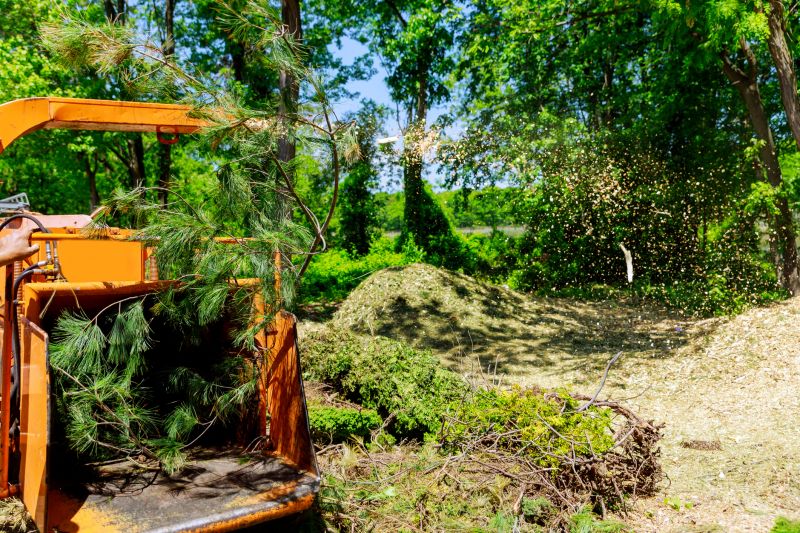
Ways to make Tree Branch Chippings work in tight or awkward layouts.

Popular materials for Tree Branch Chippings and why they hold up over time.
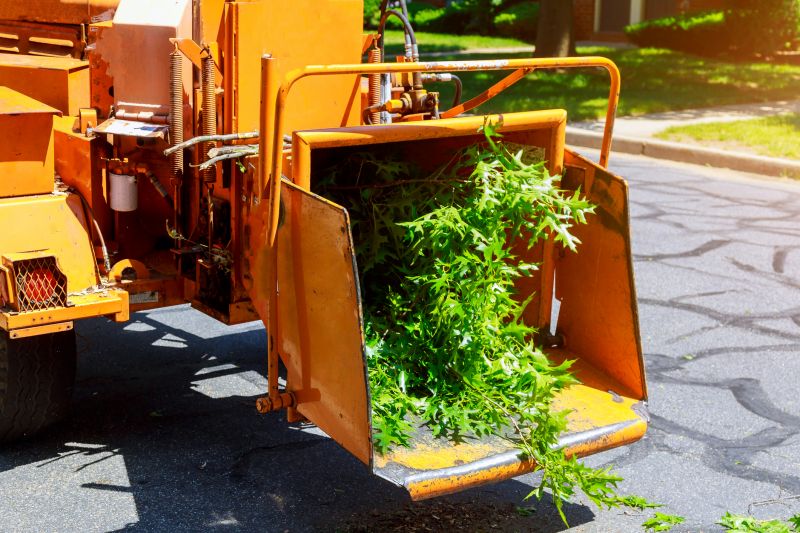
Simple add-ons that improve Tree Branch Chippings without blowing the budget.

High-end options that actually feel worth it for Tree Branch Chippings.
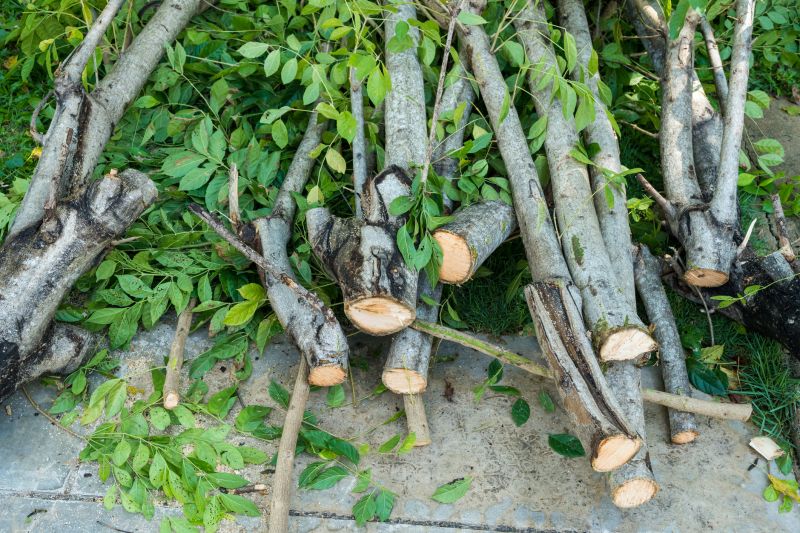
Finishes and colors that play nicely with Tree Branch Chippings.

Little measurements that prevent headaches on Tree Branch Chippings day.
| Season | Recommended Activity |
|---|---|
| Spring | Prune and chip new growth for mulch |
| Summer | Minimal chipping unless for specific projects |
| Autumn | Chipping during leaf fall and tree dormancy |
| Winter | Store chippings for future use |
Tree branch chippings are produced by grinding or shredding branches from pruning and tree maintenance. They are commonly used as mulch to conserve soil moisture, regulate temperature, and suppress weeds. The size and freshness of chippings can affect their decomposition rate and nutrient release, making timing crucial for optimal results.
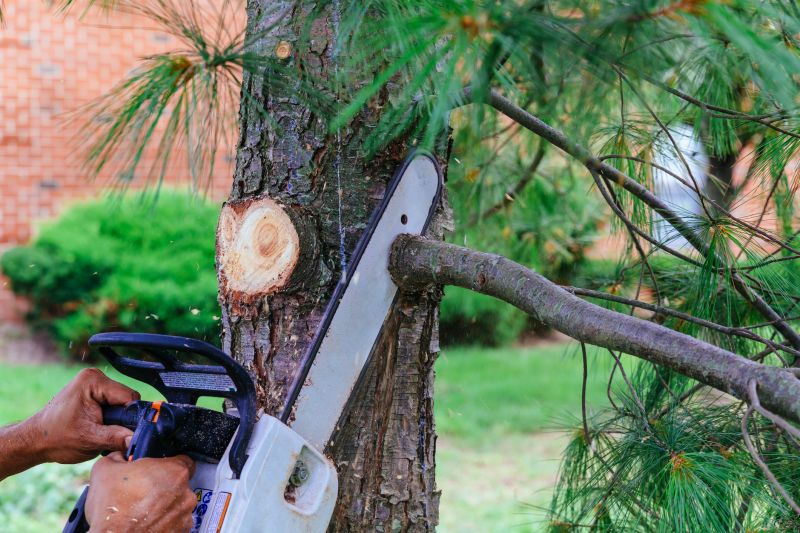
A 60-second routine that keeps Tree Branch Chippings looking new.
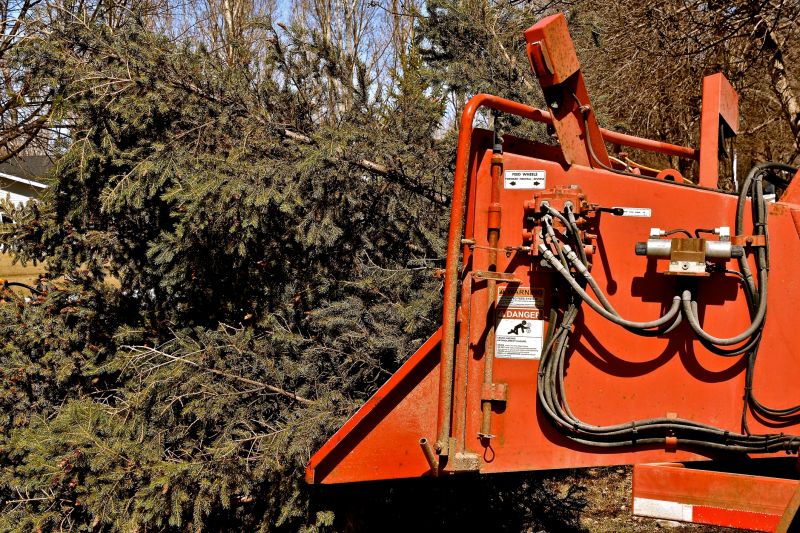
A frequent mistake in Tree Branch Chippings and how to dodge it.
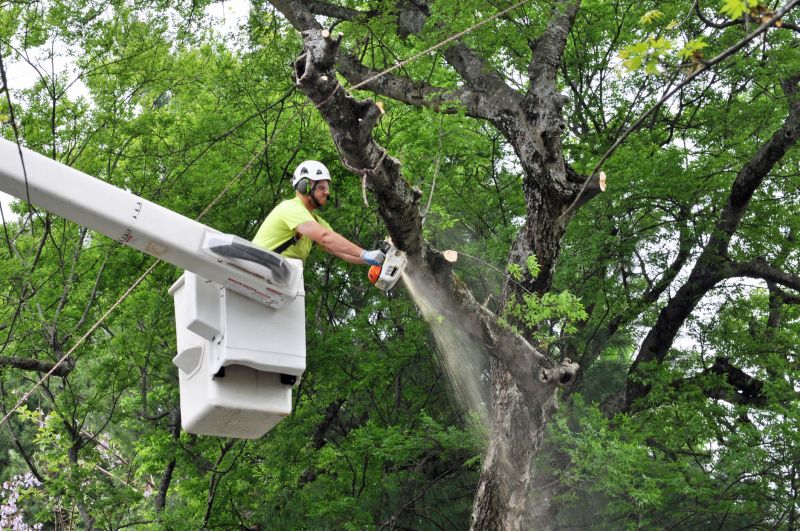
Small tweaks to make Tree Branch Chippings safer and easier to use.
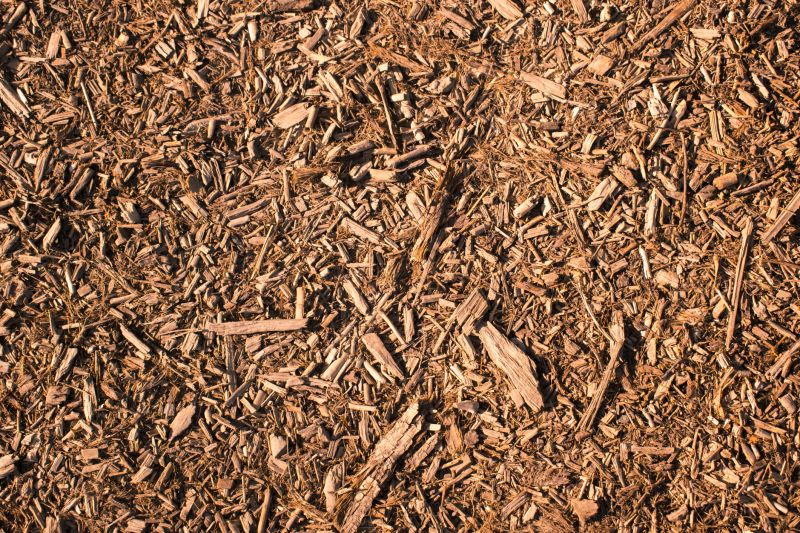
Lower-waste or water-saving choices for Tree Branch Chippings.

The short, realistic tool list for quality Tree Branch Chippings.
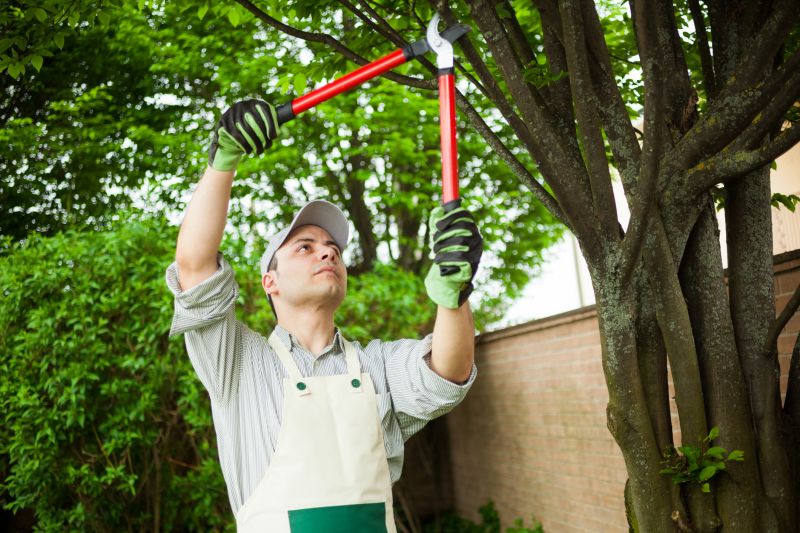
Rough timing from prep to clean-up for Tree Branch Chippings.
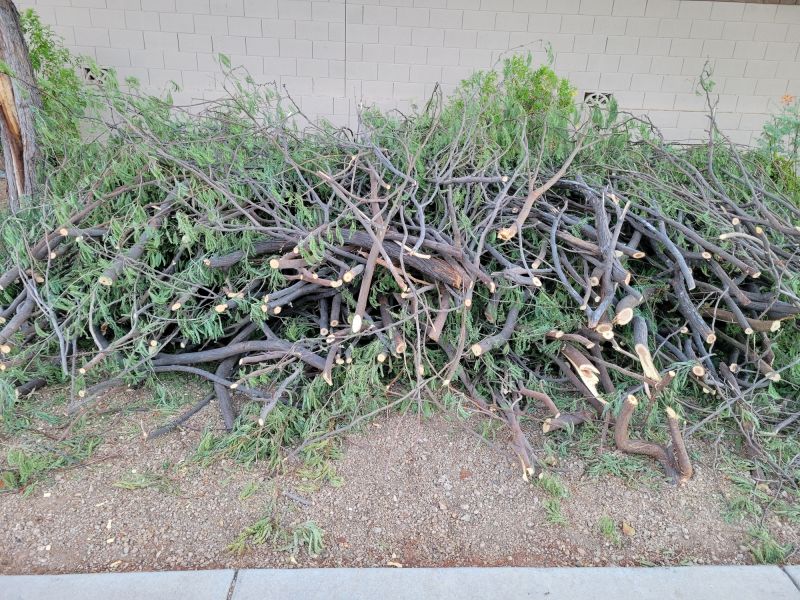
Quick checks and paperwork to keep after Tree Branch Chippings.
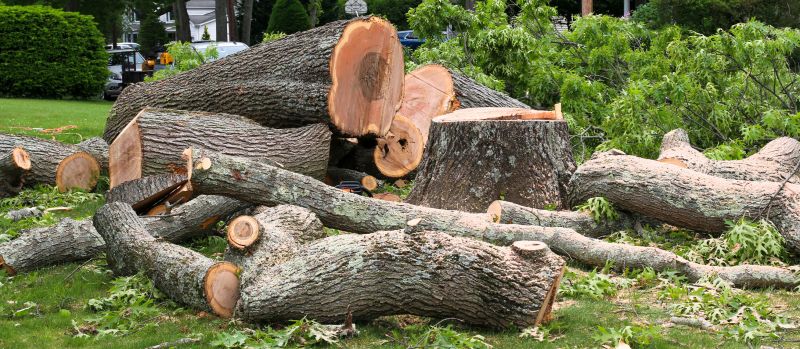
Examples that show the impact a good Tree Branch Chippings can make.
For best results, it is recommended to chip branches during periods of active growth or dormancy, avoiding wet or frosty conditions that can hinder processing and storage. Proper timing ensures high-quality chippings that decompose efficiently and provide maximum benefit to soil health and plant growth.
Interested in using tree branch chippings for landscaping or soil improvement? Filling out the contact form can provide additional guidance and options tailored to specific needs.
